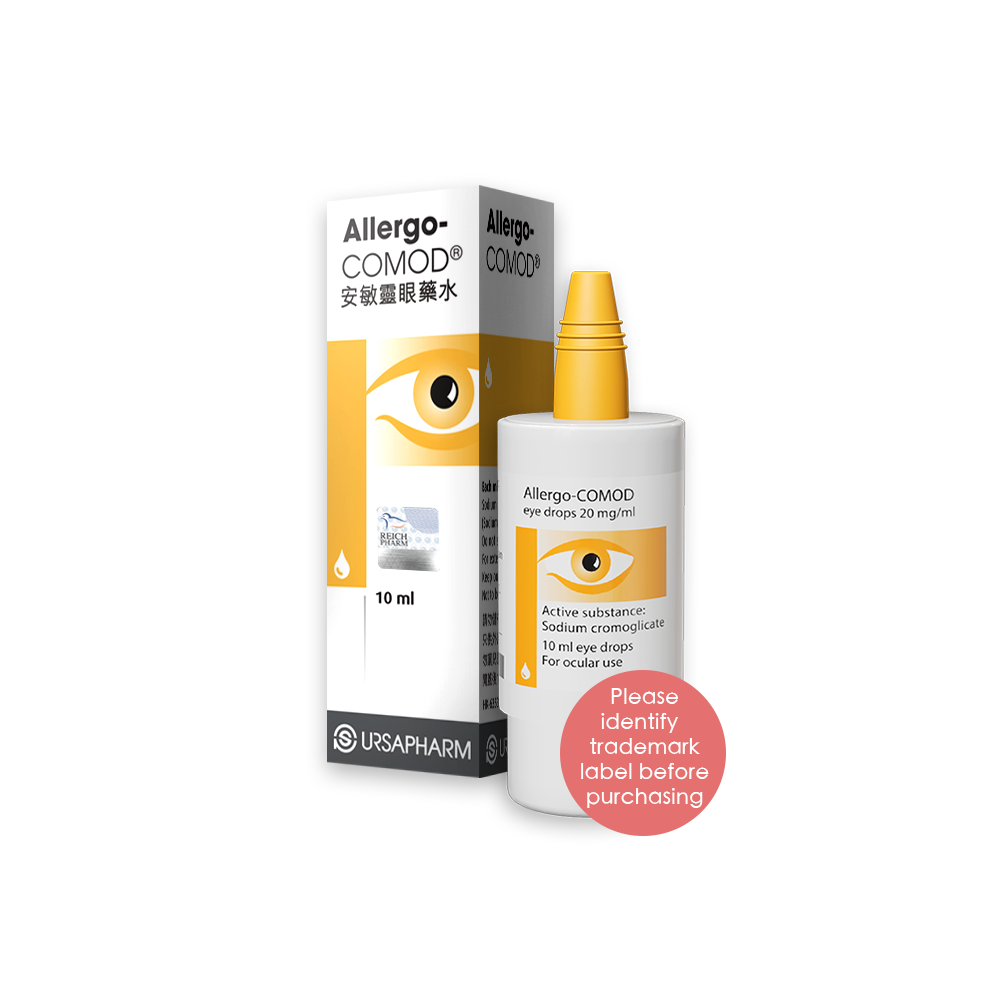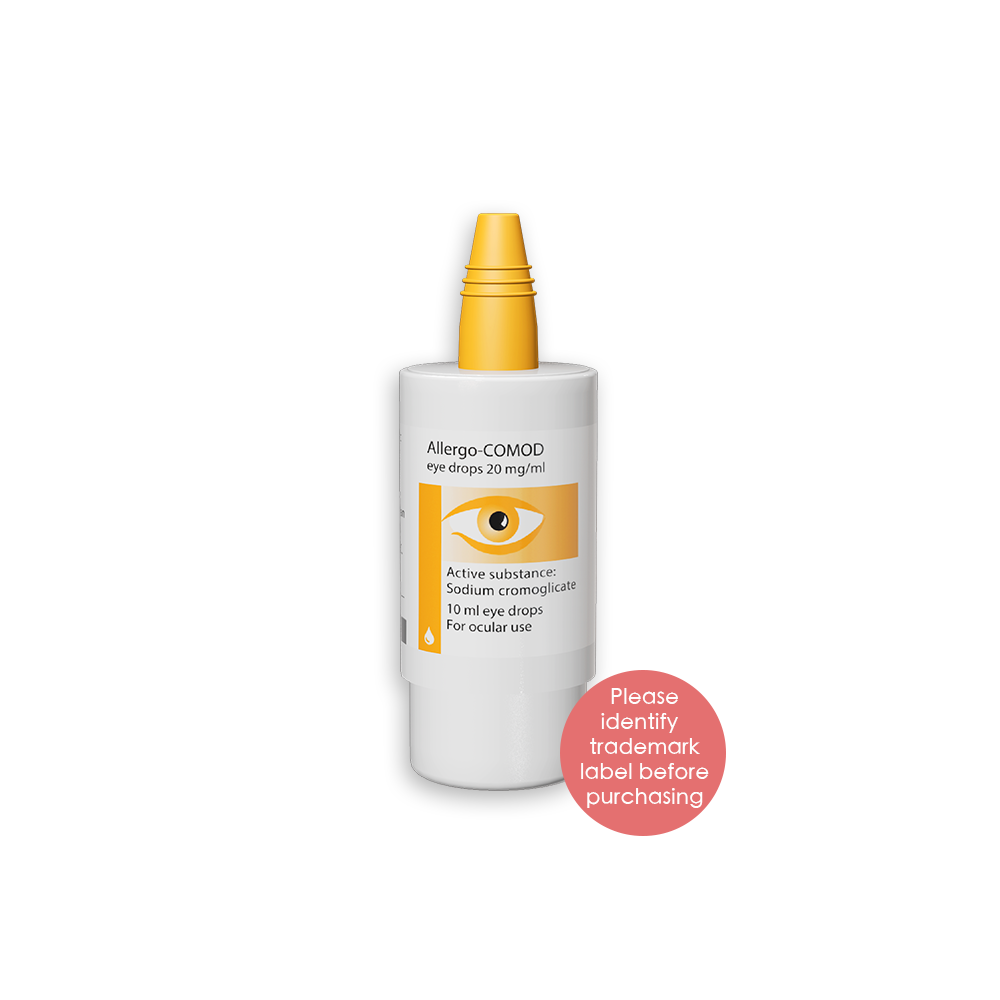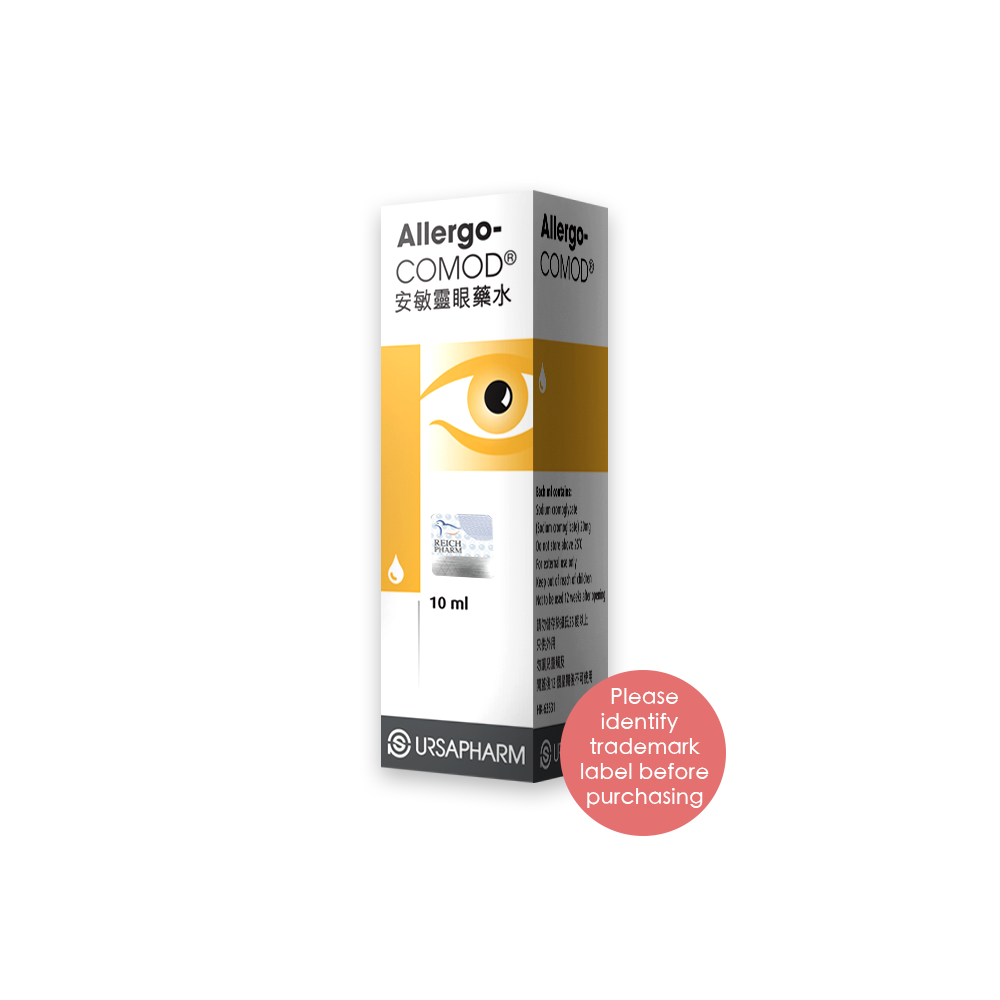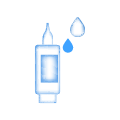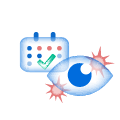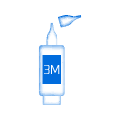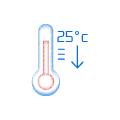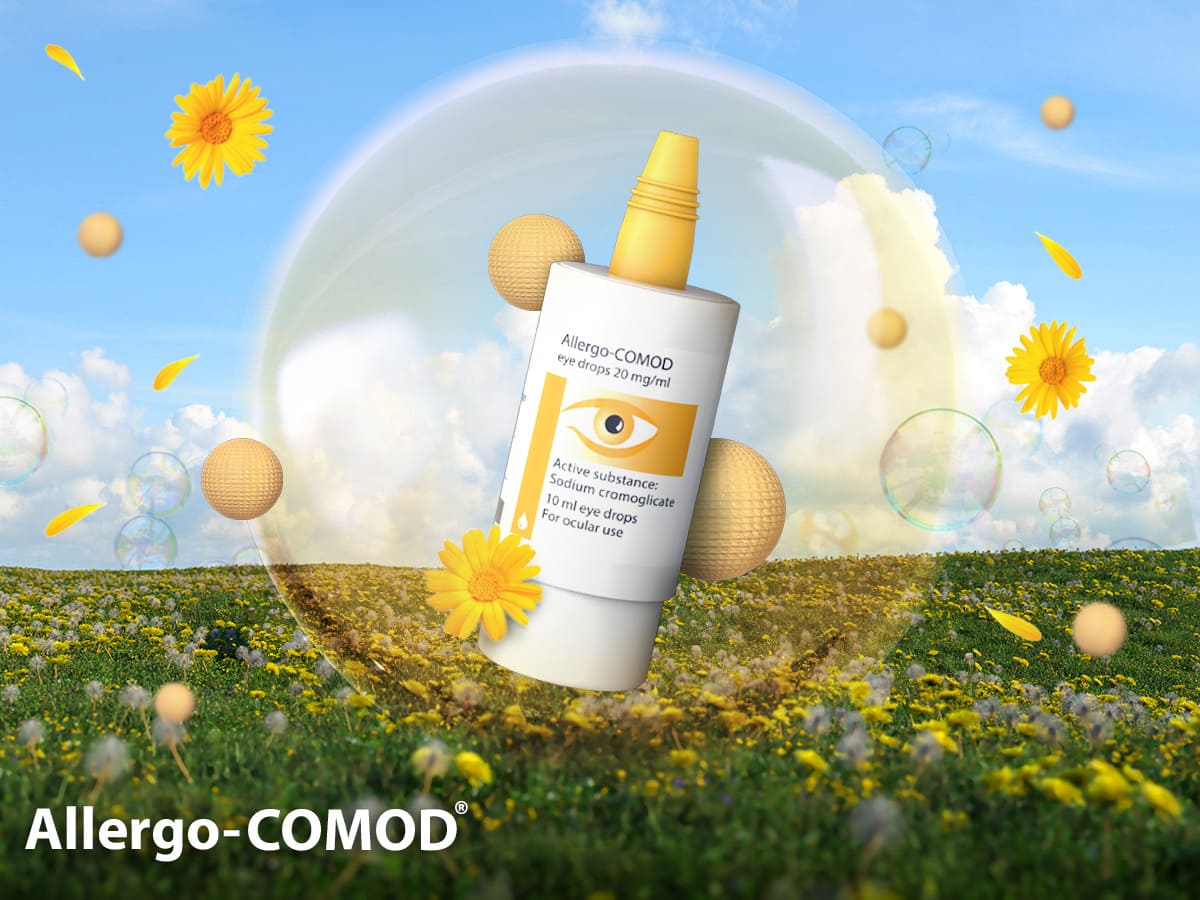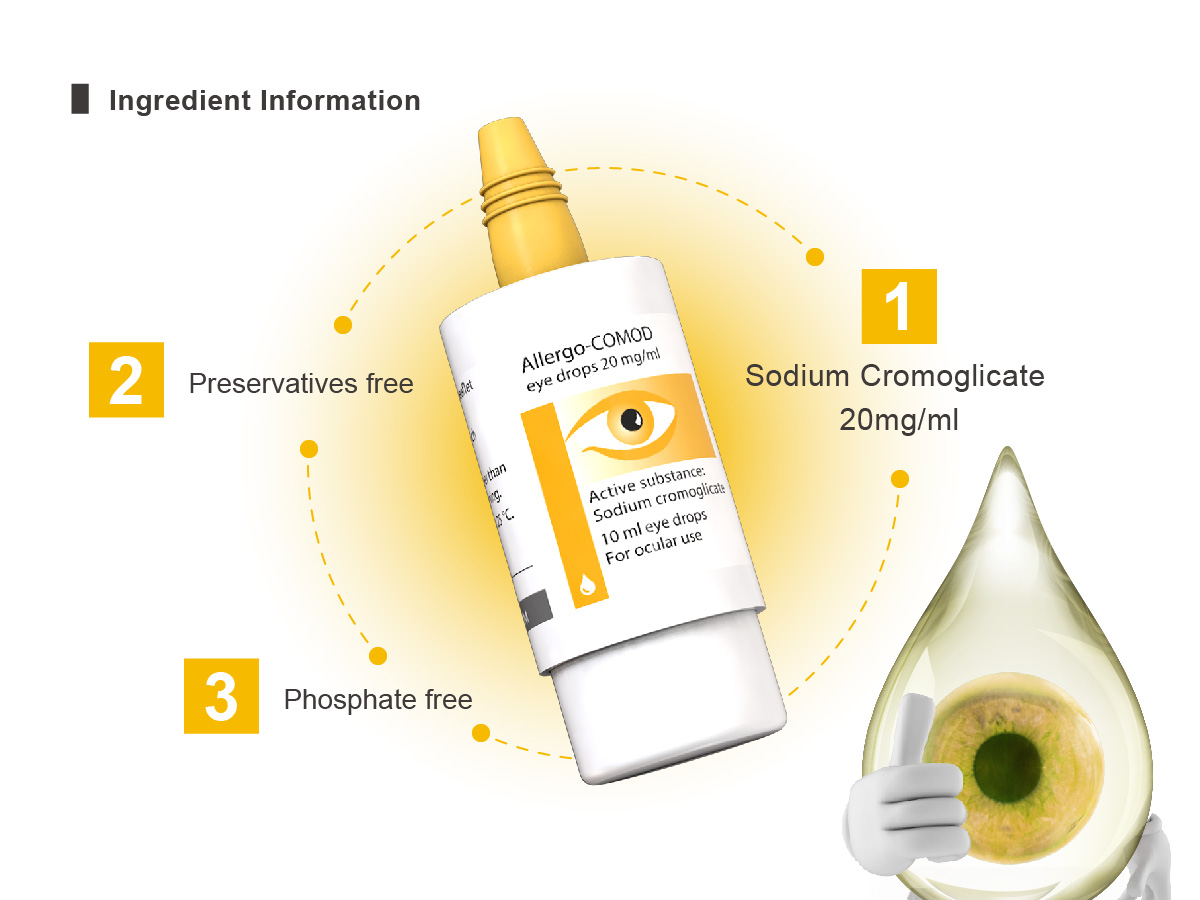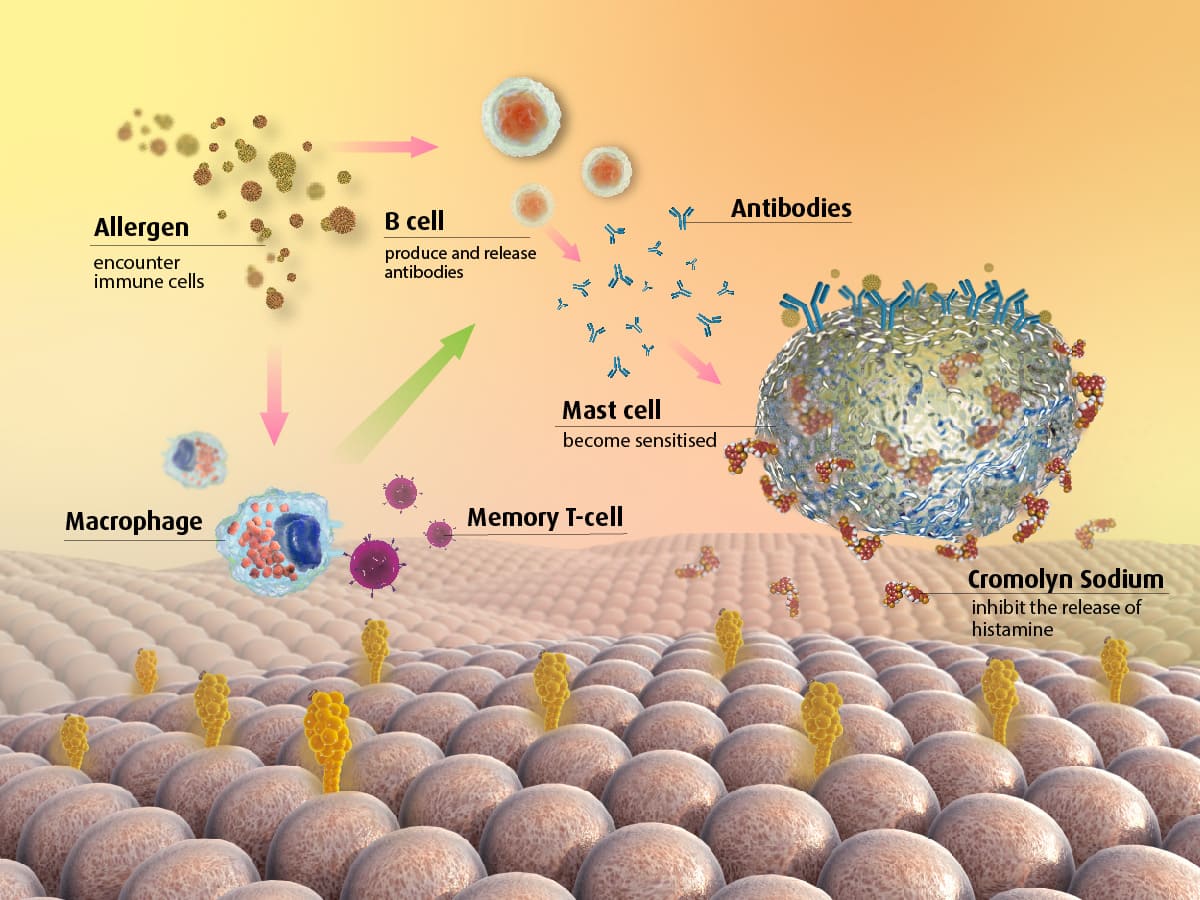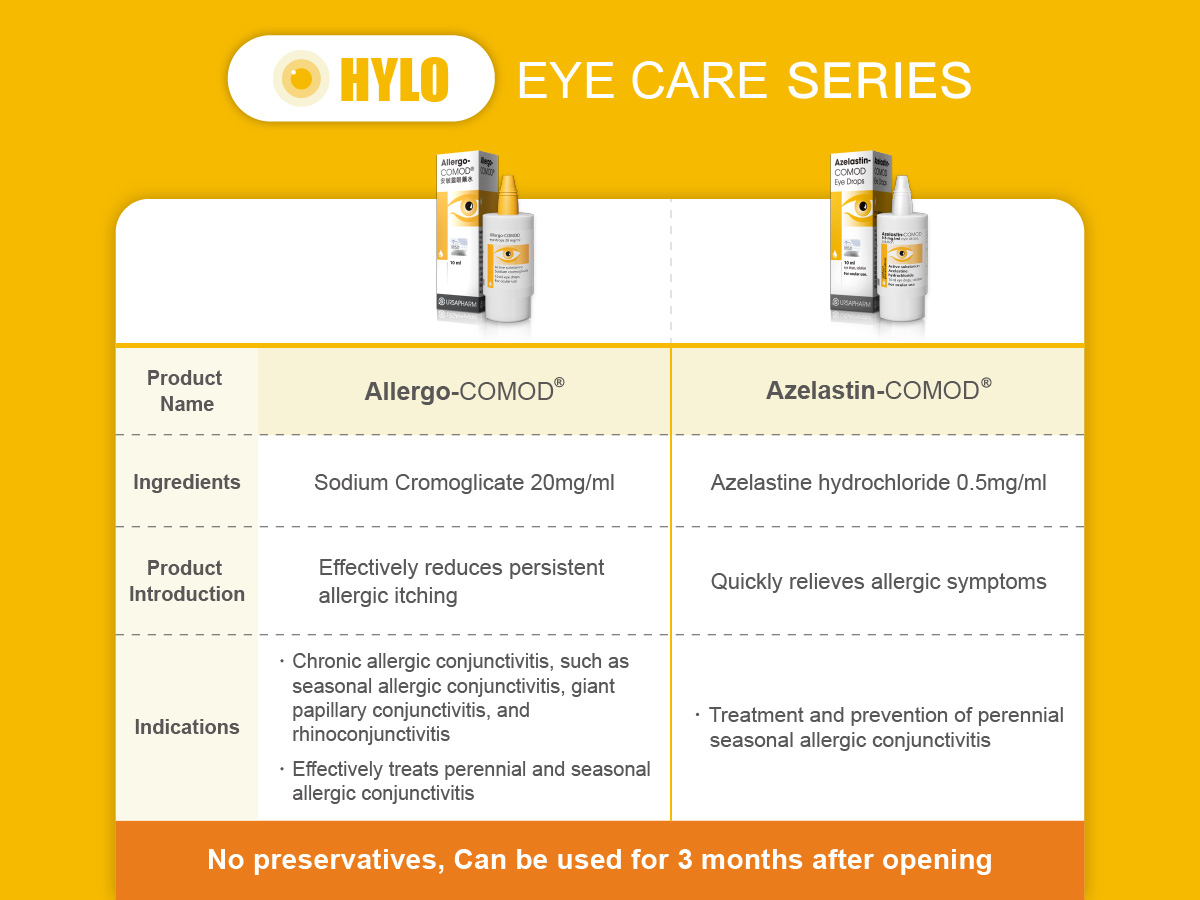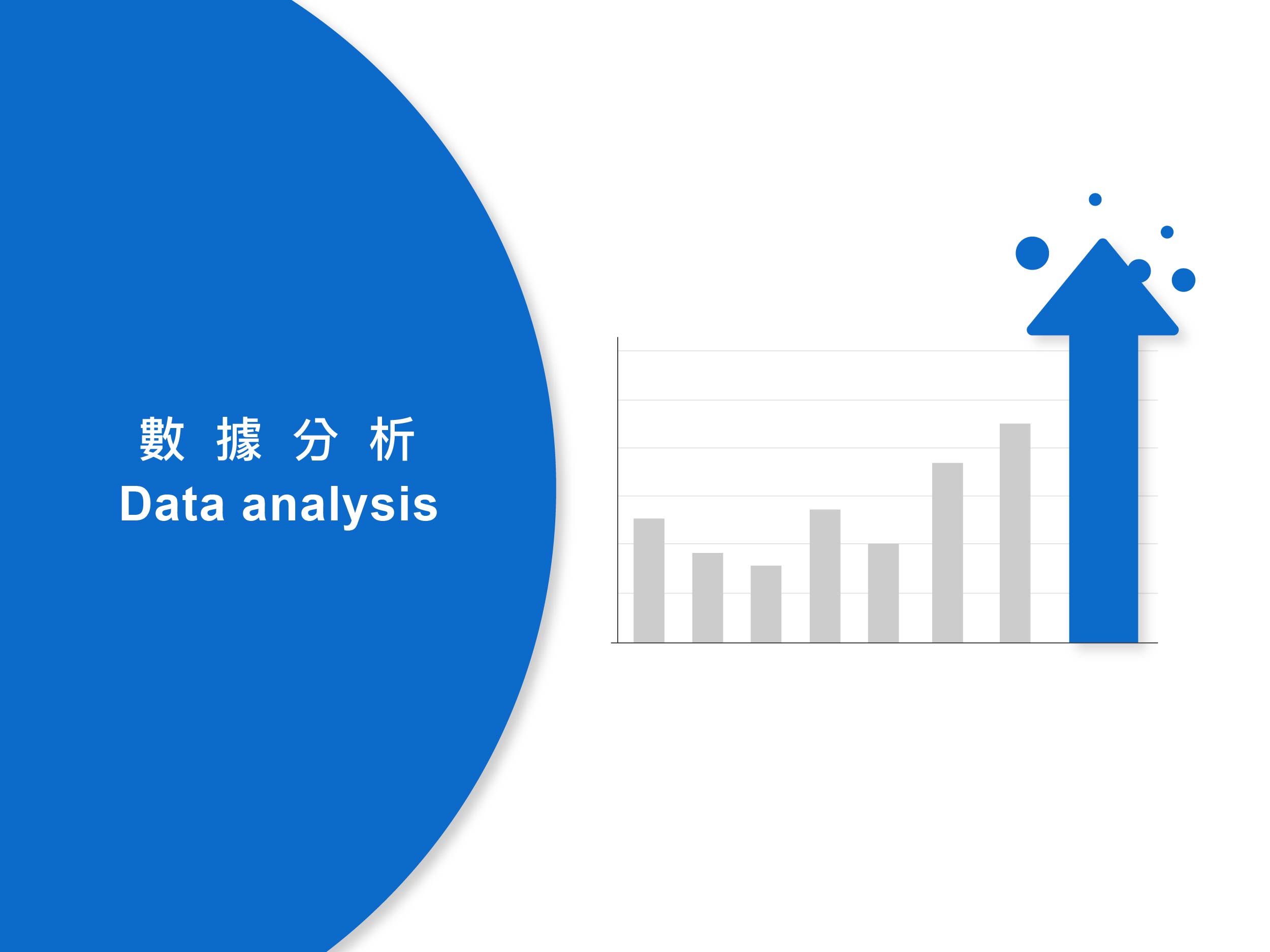01 / 03
Allergo-COMOD®
by Ursapharm
IntroductionMedication Usage
Allergo-Comod®
Chronic Allergies and Itching Eyes
” Allergo-Comod ” is generally used to treat the following three types of
allergic conjunctivitis

Seasonal allergic conjunctivitis:
Symptoms typically occur from early spring to late summer. It is more common in children, adolescents, and young adults, with a higher incidence in males than females. In addition to redness of the eyes, there may be cobblestone-like elevations on the tarsal conjunctiva visible when the upper eyelid is everted, as well as white dots in the limbal area. The cornea may have punctate epithelial erosions. This type of conjunctivitis is more common in children and adolescents, and allergic reactions usually gradually decrease after puberty.

Giant papillary conjunctivitis:
It is characterized by the presence of giant papillae on the conjunctiva, mainly on the tarsal conjunctiva. The main symptoms include itching, increased sticky discharge, conjunctival congestion, and a sensation of a foreign body. Improper use of contact lenses, especially non-disposable soft contact lenses, is a common cause. Allergic reactions are triggered by the deposition of proteins and other substances on the contact lenses, leading to conjunctival swelling and the formation of giant papillae. Patients may experience discomfort, itching, increased discharge, and lens instability.

Rhinoconjunctivitis:
It refers to the inflammation of both the nasal and conjunctival mucosa, typically presenting symptoms such as sneezing and a runny nose. Eye allergy symptoms often occur simultaneously with nasal symptoms.
Allergo-Comod® Ingredient Information
- Sodium Cromoglicate 20mg/ml
- Preservatives free
- Phosphate free
What is Soudium Cromoglicate?
Sodium Cromoglicate is a mast cell stabilizer used in the prevention and treatment of allergies.
It works by stabilizing the cell membranes, preventing the release of histamine from mast cells, and reducing allergic reactions. It also inhibits the release of inflammatory mediators from other inflammatory cells and reduces the sensitivity of peripheral sensory nerves.
Causes and Symptoms of Eye Allergies
Seasonal allergy symptoms are mostly related to pollen. Still, many other factors can also stimulate the conjunctiva of our eyes, such as animal fur, dust mites, fungal spores, insect toxins, or certain food ingredients. Patients should identify their actual allergens.
Eye allergy reactions can be very severe; the conjunctiva and mucous membranes immediately react to foreign substances, causing vasodilation and fluid release, which are common symptoms of allergies, forming “allergic conjunctivitis.”
Comod system is the new future for your eyes

The Patented System
Allergo-COMOD supplied in bottles with the patented COMOD® system.

Preservatives Free
The negative pressure created pulls and the flexible inner sachet more. The inner sachet stays sealed and the liquid is protected against contamination from the air.
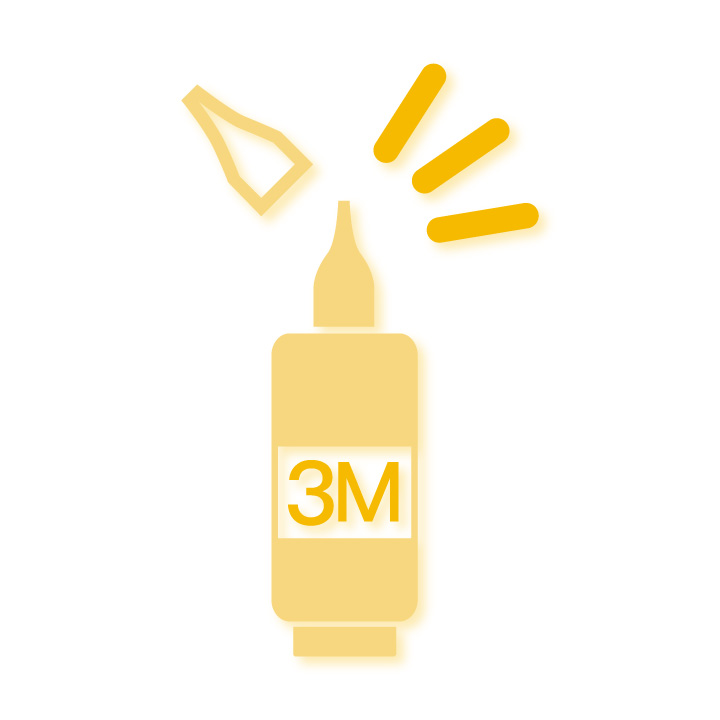
Can be used 3 months after opening
The contents remain sterile for a period of use of 3 months.
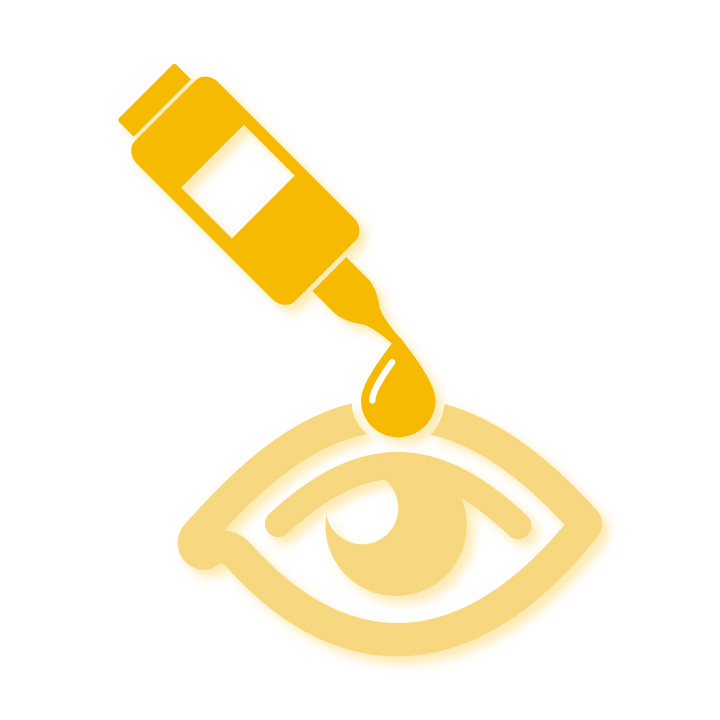
Drop-by-drop dosage
The COMOD® dosage system makes it possible to dispense exactly one drop per pump stroke.

Suitable for long-term treatment
Long-term treatment for Chronic and seasonal allergic symptoms
HYLO® CARE SERIES
Friendly Reminder: Before using this product, please consult a specialist or professional healthcare provider if you are an infant, child, or pregnant woman.
